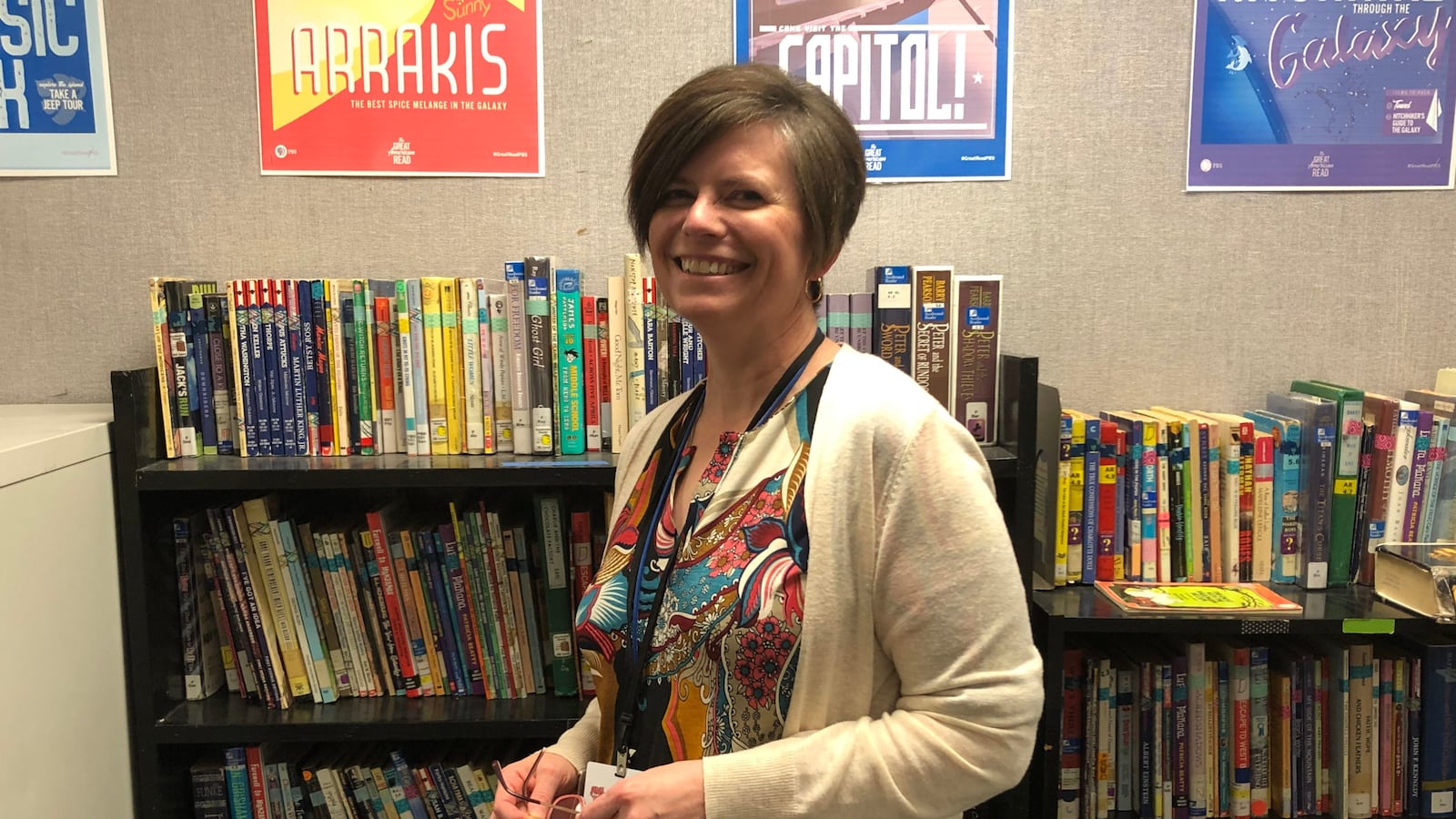Children’s fears are real, and they don’t just go away when well-meaning adults dismiss them as “nothing to be afraid of.”
I am a seventh-grade English teacher, and fear of the new coronavirus has gripped my students. Just as I have an obligation to clear up confusion in my content area —“where does the comma go?”— I must also set the record straight when it comes to other subjects that make their way into my classroom. Misinformation can lead to stress, and stress can make it harder for children to learn.

I first knew that I needed to address COVID-19 in early February when, during hall duty, I overheard one student cough and another student yell, “Coronavirus! We are all going to die!” So I asked my classes if they had heard anything about the virus and if they had any questions for me. Early on, there were few; during the past two weeks, there have been more.
And I knew a more formal discussion of the coronavirus was needed when, during what I call “relationship time” — daily class time devoted to asking students about their day — someone sneezed, and his seatmates twisted themselves around quickly, one calling out: “Coronavirus!”
The next day I created a K-W-L chart about COVID-19. The chart’s letters stand for what I know already, what I want to know, and what I learned. Soon it was evident that much of what my students thought were facts were actually suspicions, conjectures, or just plain falsehoods (for example, mistruths about Asian-Americans and that the illness would only impact those who have traveled abroad). We began to eliminate statements without evidence from the K column, and soon we were left with just three knowns:
“We don’t know much about this.”
“There are not many cases in the United States right now.”
“The flu is more common in our country than this virus.”
From there, I listened while my students talked to me about what they are afraid of: that the coronavirus could spread from person to person in the school’s crowded hallways and cafeteria, that students have their hands all over shared desks, that their elderly grandparents would contract the virus. I answered what I could and was totally honest about my own fears, such as having to close the school for an extended period of time in the case of an outbreak. But after every statement, I reassured the students that, for now, we are going to carry on as usual, and I repeated my consistent mantra: Education is the key to the future. (Yes, I am sappily philosophical with my students, and, yes, they roll their eyes a lot.)
We also read and discussed two articles about the virus and its appearance in the United States. In light of reports of bias incidents targeted at Asian-American students — the new coronavirus first appeared in Wuhan, China — part of the discussion centered on the importance of refraining from stereotyping and other hurtful behaviors at this time or any time.
When we first started discussing the coronavirus, my school district did not yet have a plan in place, nor had any administrator spoken to the teachers about any contingencies if COVID-19 appears in our town. So my students and I decided to devise a plan in case we found ourselves in the middle of an outbreak or even a few local cases. The plans included some well-thought-out ideas: wiping down desks after each period, staggering passing periods so hallways are less crowded, and timing each other while we wash hands. There were also some futuristic ideas about how we can avoid touching things.
As news of the coronavirus unfolds, we will update our K-W-L chart. I will continue to field questions about my students’ very real worries, and the whole class will continue to brainstorm efforts to curb the virus and keep panic at bay. Because taking a few minutes from our regularly scheduled lessons to name our fears and address them is time well spent.
Dr. Angela Sheffield has been a teacher for 27 years and currently teaches seventh-grade English at Tecumseh Junior High School in Lafayette, Indiana. She is a National Board Certified teacher and was a 2018-2019 advocacy fellow for the Association of American Educators.
This piece answers questions raised by our readers. Share your coronavirus-related questions, concerns, and ideas here, and keep up with our reporting on COVID-19 here.
🔗About our First Person series:
First Person is where Chalkbeat features personal essays by educators, students, parents, and others trying to improve public education. Read our submission guidelines here.

